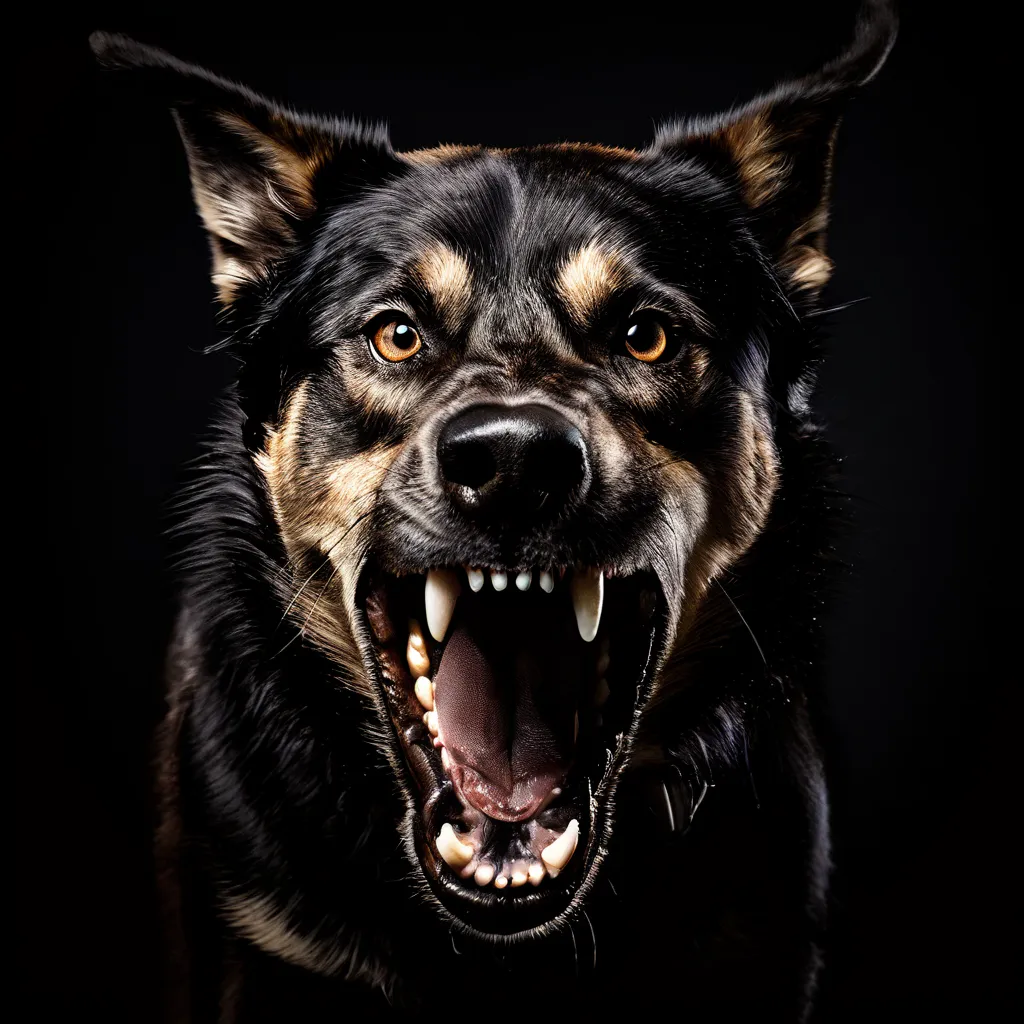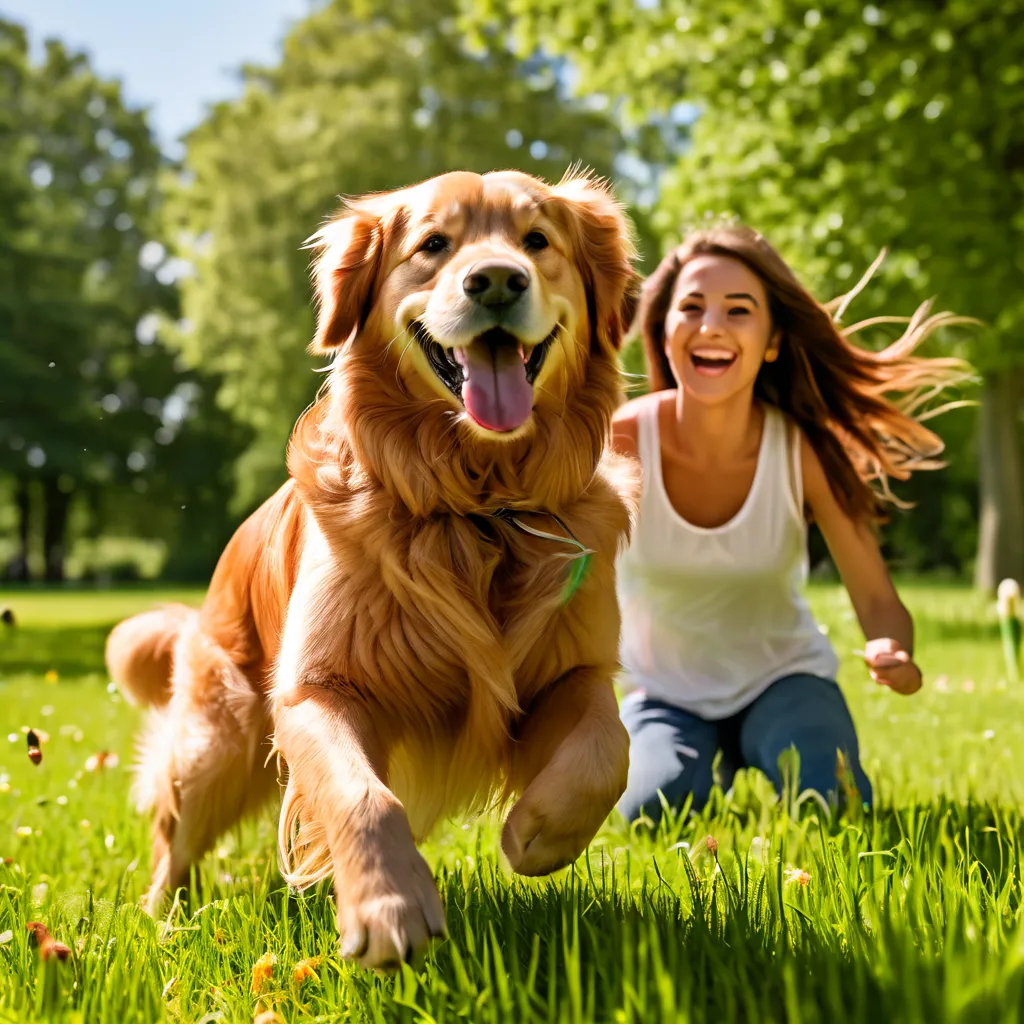Introduction
When it comes to dogs, many of us think of them as our loyal companions, friends, and family members. However, some dog breeds are considered more aggressive and deadly than others. According to the Centers for Disease Control and Prevention (CDC), approximately 4.5 million dog bites occur in the United States each year, resulting in thousands of injuries and fatalities.
But what makes a dog breed considered dangerous? In this blog post, we will delve into the world of canine aggression, exploring the top 3 most dangerous dog breeds, their characteristics, and the factors that contribute to their aggressive behavior. 
Determining Danger: What Makes a Dog Breed Considered Dangerous?
Determining what makes a dog breed considered dangerous is a complex task that involves understanding various factors that contribute to a breed’s aggression and potential to cause harm to humans. While it’s challenging to pinpoint a single characteristic that defines a dangerous dog breed, there are certain traits and behaviors that are commonly associated with breeds that are known to pose a significant risk to public safety.
Breed Characteristics
Certain breeds are more prone to aggression and territoriality due to their original purpose, such as guarding or fighting. Breeds like German Shepherds, American Bulldogs, and Dogo Argentinos are known for their strength, loyalty, and protective instincts, which can make them more likely to attack if they feel threatened or if they’re not properly socialized and trained.
Aggression and Fatal Bites
According to various studies and reports, certain breeds are responsible for a disproportionate number of dog bite-related fatalities. For example, German Shepherds are known to have a powerful bite force, which can cause serious injury or death. Similarly, breeds like Pit Bulls and Rottweilers have been involved in numerous fatal attacks, leading to their classification as dangerous dog breeds.
Human Factors
While breed characteristics and aggression play a significant role in determining a dog’s dangerousness, human factors such as irresponsible ownership, lack of training, and neglect can also contribute to a dog’s likelihood of attacking. Owners who fail to socialize their dogs, provide adequate training, or address behavioral issues can inadvertently create a dangerous situation.
In conclusion, determining what makes a dog breed considered dangerous involves understanding a complex interplay of breed characteristics, aggression, and human factors. By recognizing these factors, we can take steps to prevent dog bites and attacks, and work towards creating a safer environment for both humans and dogs.
The Top 3 Most Dangerous Dog Breeds: Characteristics, Aggression, and Fatal Bites
While any dog can become aggressive and bite if provoked, some breeds are more prone to aggression due to their original purpose, breeding history, and genetic predisposition. Here are the top 3 most dangerous dog breeds, their characteristics, aggression levels, and fatal bite statistics.
1. Pit Bull
- Characteristics: Muscular build, short coat, and a broad head
- Aggression: High
- Fatal Bites: 66% of all fatal dog bites in the United States between 2005 and 2017 were attributed to Pit Bulls
Pit Bulls were originally bred for bloodsports like bull-baiting and dog-fighting, which has led to their aggressive nature. However, with proper training and socialization, they can make loving and loyal companions.
2. Rottweiler
- Characteristics: Powerful build, short coat, and a distinctive black-and-tan coloration
- Aggression: High
- Fatal Bites: 10% of all fatal dog bites in the United States between 2005 and 2017 were attributed to Rottweilers
Rottweilers were originally bred as guard dogs and police dogs, which has led to their protective and aggressive nature. However, they are also known for their loyalty and affection towards their families.
3. German Shepherd
- Characteristics: Muscular build, medium-length coat, and a distinctive black-and-tan coloration
- Aggression: Medium-High
- Fatal Bites: 4% of all fatal dog bites in the United States between 2005 and 2017 were attributed to German
German Shepherds were originally bred as herding dogs and police dogs, which has led to their intelligence, loyalty, and protective nature. However, they can also be aggressive if not properly socialized and trained.
It’s essential to remember that any dog can become aggressive if not properly trained, socialized, and cared for. Irresponsible dog ownership and lack of proper training can lead to aggressive behavior in any breed.
Factors Contributing to Aggression: Understanding Canine Behavior
Aggression in dogs is a complex issue that can stem from various factors, including genetics, environment, training, and individual experiences. To understand canine behavior and address aggression, it’s essential to identify the underlying causes of this behavior.
Physical Factors
Pain is a common cause of aggression in dogs. If your dog is suddenly aggressive, it may be due to an injury or illness that’s causing major discomfort and stress. Some possible causes of pain include:
- Arthritis
- Bone fractures
- Injuries
- Tumors
Other illnesses may affect your dog’s brain, leading to aggression that seems unreasonable. Using CBD for dogs, which has a calming effect, may help promote relaxation and ease aggressive tendencies.
Behavioral Factors
Excessive barking is a common canine behavior problem that can be frustrating for pet owners and neighbors. Aside from the noise it creates, this bad habit can point to more serious issues. Some possible causes of excessive barking include:
- Boredom
- Anxiety
- Fear
- Territoriality
- Possessiveness
Environmental Factors
A dog’s environment can also contribute to aggression. Some possible environmental factors include:
- Changes in the household, such as a new baby or pet
- Changes in the dog’s routine, such as a change in work schedule
- Lack of socialization and training
- Exposure to loud noises or stressful situations
Identifying Aggression
It’s essential to recognize the signs of aggression in dogs, including:
- Tail flagging: the dog’s tail is held high and waved stiffly back and forth
- Tucked tail: the dog’s tail is held down between the legs
- Lip licking: the dog licks their lips unrelated to food or water
- Growling or snapping
By identifying these underlying causes and signs of aggression, we can develop targeted training strategies tailored to the specific needs of our dogs.

Conclusion
In conclusion, the top 3 most dangerous dog breeds are a serious concern for public safety. These breeds, which include the Pit Bull, Rottweiler, and German Shepherd, have been responsible for a significant number of fatal bites and attacks in recent years. Understanding the characteristics and factors that contribute to aggression in these breeds is crucial for preventing such incidents.

While it is essential to acknowledge the risks associated with these breeds, it is also important to recognize that any dog, regardless of breed, can become aggressive if not properly trained and socialized. By understanding canine behavior and taking steps to prevent aggression, we can reduce the risk of dog bites and attacks.
Ultimately, responsible dog ownership and education are key to preventing dog-related incidents. By working together, we can create a safer community for both humans and animals.
References
- https://www.aspca.org/news/help-aspca-merryville-louisiana-repeals-breed-specific-provisions-its-dangerous-dog-ordinanc
- https://www.aspca.org/pet-care/dog-care/common-dog-behavior-issues/aggressio
- https://www.avma.org/resources-tools/pet-owners/dog-bite-preventio
- https://ckcusa.com/blog/2023/march/american-pit-bull-terrier-vs-american-staffordshire-terrier-can-you-tell-them-apart
















